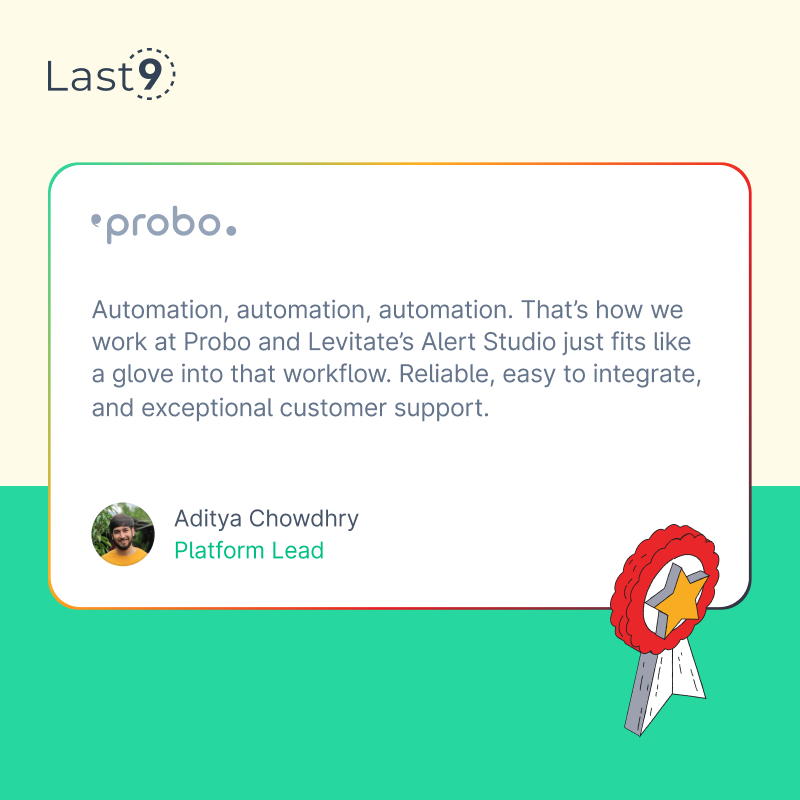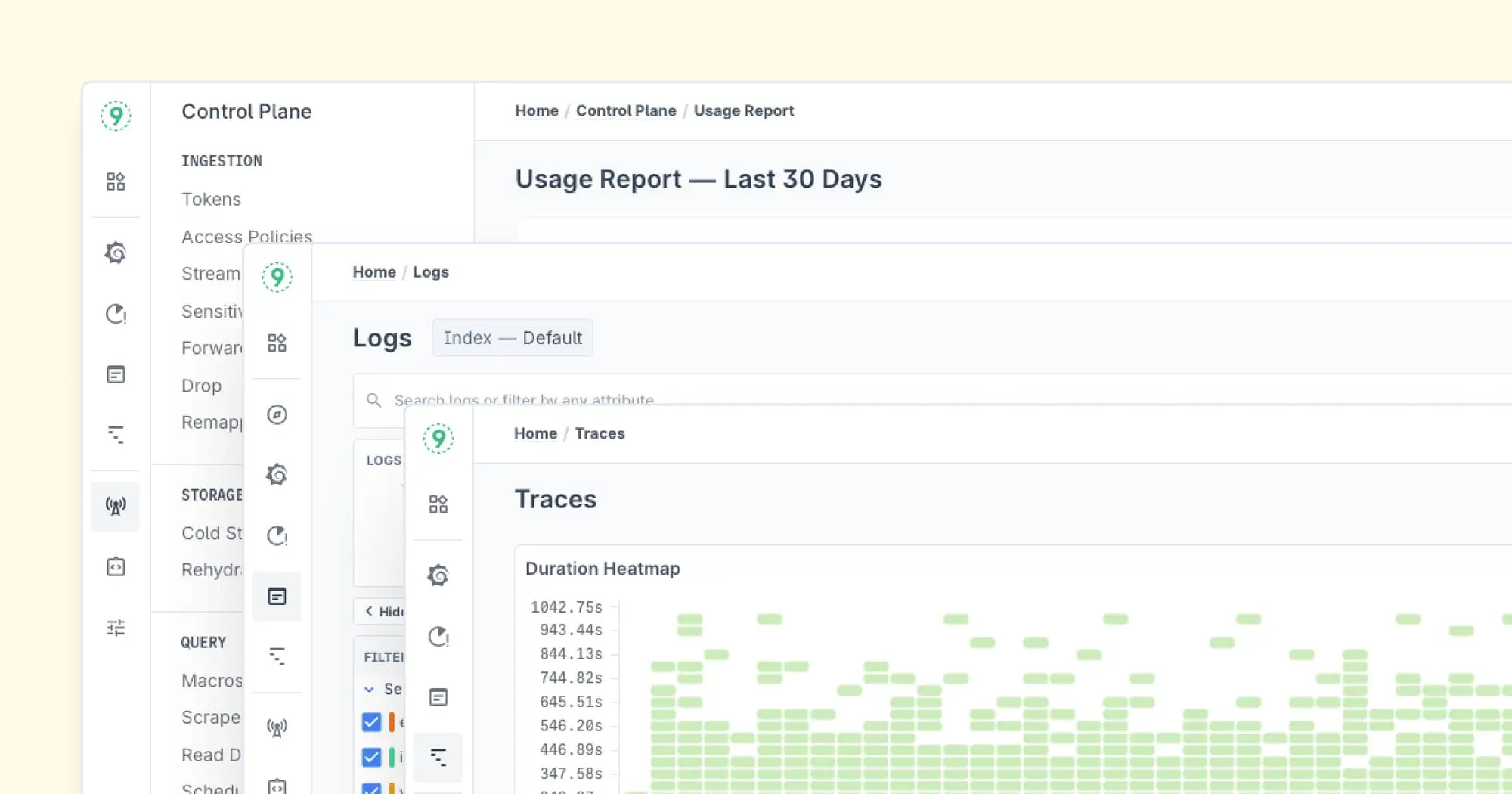Kubernetes has made container orchestration a game-changer, allowing businesses to scale and automate their systems. But Kubernetes isn’t the easiest thing to set up or manage, especially for smaller teams or simpler projects.
If you’re finding Kubernetes a bit too much, you’re not alone. Fortunately, there are some great alternatives out there that might be more in line with your needs.
In this guide, we’ll walk through some of the best Kubernetes alternatives for 2024, looking at what each option offers, how real users feel about them, what they cost, and how you can make the switch.
Let’s talk about these options that could save you time, energy, and maybe even a few headaches along the way.

What is Kubernetes and Why Look for Alternatives?
Kubernetes, often called K8s, is an open-source container orchestration platform that automates the deployment, scaling, and management of containerized applications.
With its extensive capabilities, Kubernetes is often the default choice for managing containerized workloads.
Challenges with Kubernetes
- Complexity: Kubernetes demands expertise in managing components like pods, services, and controllers.
- Overhead: The platform is resource-intensive, often requiring substantial hardware and support tools.
- Tooling Ecosystem: Additional tools like Helm, Prometheus, and Grafana are often needed, complicating setup and maintenance.
- Overkill for Small Workloads: Kubernetes can be too complex for smaller, straightforward use cases.
If your use case or team dynamics don’t align with Kubernetes’ complexities, alternatives can offer more accessible or specialized solutions.

Top 7 Kubernetes Alternatives You Should Consider in 2024
2.1 Docker Swarm
Docker Swarm offers container orchestration that’s tightly integrated with Docker, emphasizing simplicity and speed.
Features:
- Straightforward setup with the Docker CLI.
- Built-in load balancing and service discovery.
- Minimal resource requirements, making it ideal for lightweight apps.
Ideal Use Cases: Teams managing small-scale deployments or those already familiar with Docker.
User Insights: Many teams praise Docker Swarm for its simplicity, especially in comparison to Kubernetes. One development team noted that they could have their container orchestration up and running in hours instead of weeks, reducing time-to-deployment. However, as their application grew in scale, Swarm’s limitations in handling complex workloads became evident.
Pricing: Free as part of Docker, making it an excellent choice for cost-conscious teams.
2.2 Nomad by HashiCorp
Nomad is a flexible orchestrator that supports containerized and non-containerized applications, offering versatility unmatched by most competitors.
Features:
- A single-binary architecture that minimizes operational overhead.
- Integration with other HashiCorp tools, including Consul and Vault.
- Support for multi-cloud environments and mixed workloads.
Ideal Use Cases: Organizations already using the HashiCorp ecosystem or managing diverse workloads, such as VMs and standalone apps alongside containers.
User Insights: Nomad’s lightweight design is often highlighted by users. A HashiCorp practitioner shared how Nomad significantly reduced their infrastructure footprint compared to Kubernetes. On the downside, its lack of Kubernetes-like advanced features (e.g., auto-scaling policies) can be limiting.
Pricing:
- Open source: Free.
- Enterprise: Starts at $5,000/year.

2.3 OpenShift
OpenShift is a Kubernetes-based platform that adds enhanced developer tools and enterprise-grade security, making it a great option for businesses looking to implement Kubernetes without diving into its complexities.
Features:
- Built-in CI/CD pipelines, making it ideal for DevOps workflows.
- Enterprise-grade security with enhanced compliance tools.
- Integrated logging and monitoring features to help track and manage workloads effectively.
Ideal Use Cases: Enterprises looking for a Kubernetes solution with added security, compliance, and developer tools.
User Insights: Users love OpenShift for its polished user interface and enterprise-grade tools. However, one challenge frequently mentioned is the cost. Many small teams found OpenShift too expensive, especially when compared to other open-source alternatives.
An engineering team mentioned they chose OpenShift for its built-in security features but struggled with its more complex setup compared to vanilla Kubernetes.
Pricing:
- OpenShift Origin (the community version): Free.
- OpenShift Container Platform: Starts at approximately $10,000/year (enterprise version).

2.4 Rancher
Rancher simplifies Kubernetes management with an intuitive UI, making it easier for organizations to manage multi-cluster Kubernetes environments across multiple cloud providers.
Features:
- Supports multi-cluster management with a focus on Kubernetes distributions.
- Native monitoring and logging integrations.
- Streamlined DevOps workflows that reduce management overhead.
Ideal Use Cases: Teams that need to manage multiple Kubernetes clusters or use hybrid cloud environments.
User Insights: Rancher is generally well-regarded for its user-friendly interface, which simplifies the complexity of Kubernetes. A DevOps lead shared how Rancher helped their team streamline multi-cluster management, but mentioned that to get the full benefits of Rancher, you still need some familiarity with Kubernetes concepts. This is particularly true when scaling Kubernetes environments.
Pricing: Free and open-source, but support plans start at $120 per node/year.
2.5 Apache Mesos
Apache Mesos is an open-source project that abstracts away the underlying infrastructure, making it a powerful solution for managing both containers and non-containerized workloads across large-scale clusters.
Features:
- Highly scalable architecture, ideal for handling large datasets and complex workloads.
- Supports containers, VMs, and other types of applications.
- Provides frameworks for batch processing, analytics, and more.
Ideal Use Cases: Large enterprises with varied workloads (e.g., containers, virtual machines) and massive scale.
User Insights: Mesos is praised for its scalability and flexibility in managing different types of workloads. One enterprise IT manager highlighted how Mesos supported their diverse needs, from running machine learning models to managing containerized applications.
However, they also noted the complexity involved in configuring and maintaining the system, which could be a deterrent for teams without a large DevOps staff.
Pricing: Free and open-source.

2.6 AWS ECS (Elastic Container Service)
AWS ECS is a fully managed service for running containers, primarily geared towards organizations heavily integrated with Amazon Web Services.
Features:
- Fully managed service with minimal setup required.
- Native integration with AWS services like CloudWatch and IAM.
- Serverless compute capabilities with AWS Fargate.
Ideal Use Cases: Teams that are already heavily invested in AWS and want a simplified container orchestration experience.
User Insights: AWS ECS is often recommended for teams who want to integrate container orchestration with other AWS services seamlessly.
A team of engineers mentioned that ECS allowed them to set up and deploy containerized applications faster than they could with Kubernetes, due to its integration with AWS tools.
On the flip side, they also noted that ECS comes with vendor lock-in—if they wanted to migrate away from AWS, it could be difficult and costly.
Pricing:
- AWS ECS: Free, but you pay for the resources used (e.g., EC2 instances or Fargate).
- AWS Fargate: Starts at $0.04048 per vCPU per hour.

2.7 Docker Compose
Docker Compose is a tool that allows you to define and manage multi-container Docker applications with ease, providing an alternative to Kubernetes for simpler container orchestration.
Features:
- Define multi-container applications using a simple YAML file.
- Supports running both development and production environments.
- Great for local development or small-scale production environments.
Ideal Use Cases: Perfect for teams that need a simple, local solution for container orchestration or small-scale production deployments where Kubernetes might be overkill.
User Insights: Docker Compose is often favored by developers for its simplicity. One user shared how they were able to quickly spin up a multi-container environment for development, saving a lot of time compared to setting up Kubernetes. However, as their project scaled, they found Docker Compose lacked the advanced orchestration features needed for larger, more complex environments.
Pricing: Free, included with Docker.

6 Steps to Migrate to a Kubernetes Alternative
Migrating from Kubernetes to an alternative doesn’t have to be a daunting task. Follow these steps to ensure a smooth transition:
1. Evaluate Your Current Setup:
Take stock of your current Kubernetes configuration, including pods, services, and networking. Understand your workload and deployment requirements to find the best match.
2. Select an Alternative:
Based on your evaluation, choose an alternative that best fits your workload and organizational needs. Make sure to consider factors like scalability, ease of use, and cloud compatibility.
3. Set Up the New Platform:
Deploy the alternative platform. This usually involves installing the platform's tools and configuring the environment. In some cases, you may need to configure integrations with external services (e.g., CI/CD tools or monitoring platforms).
4. Test with Small Deployments:
Start with a small-scale deployment to test the waters. Migrate non-critical applications first to ensure that the system performs as expected.
5. Migrate Data and Applications:
Gradually migrate your applications and data to the new platform. Depending on the complexity, this might involve adjusting configurations or modifying application code to align with the new platform’s standards.
6. Monitor and Optimize:
Keep an eye on your system’s performance after migration. Use built-in monitoring tools to identify and fix any issues early. Optimize configurations to improve performance as you scale.

How to Choose the Right Alternative
When choosing a Kubernetes alternative, consider the following factors:
Complexity of Use
Do you need something lightweight and easy to manage, or are you okay with a steeper learning curve?
Workload Requirements
Are you focusing on containerized applications, or do you need support for non-containerized workloads as well?
Scalability
Will your needs grow over time? If so, you’ll want an alternative that can scale with your business.
Vendor Lock-In
If avoiding lock-in is important, choose a solution that’s cloud-agnostic or multi-cloud compatible.
Pricing
Consider your budget and compare the costs of each alternative, especially if you’re moving from a free solution like Kubernetes.
Conclusion
Kubernetes is undeniably powerful, but it’s not always the right fit for every organization. From Docker Swarm’s simplicity to AWS ECS’s integration with the AWS ecosystem, the alternatives presented here offer varied strengths that cater to different use cases.

If you're looking for a managed observability solution that prioritizes flexibility and scalability, Last9 might be just what you need. With a focus on open standards like OpenTelemetry, it gives you complete control over how your data is stored, processed, and accessed, without locking you into any single vendor.
Last9 offers a unified view of logs, traces, metrics, and events while allowing you to fine-tune your data management, including storage tiers and retention policies. On top of that, it provides cost-effective scaling with predictable pricing.
Schedule a demo today to learn more about Last9.
FAQs
What is the best alternative to Kubernetes for small teams?
For small teams, Docker Swarm is a great option due to its simplicity and ease of integration with Docker. Nomad is also a good alternative if you need to manage diverse workloads beyond containers. Both options offer a more straightforward setup compared to Kubernetes.
How does OpenShift compare to Kubernetes?
OpenShift is built on Kubernetes but adds extra features like integrated CI/CD and security. It’s more enterprise-focused and offers a smoother user experience, but it’s generally more complex and expensive than Kubernetes.
Is Nomad a good choice for managing non-container workloads?
Yes, Nomad can handle both containerized and non-containerized workloads, making it a flexible choice for diverse applications. It’s lightweight and integrates well with other HashiCorp tools, though it may not offer the same extensive features as Kubernetes.
What are the pricing models for Kubernetes alternatives?
Pricing varies:Docker Swarm and Nomad are free and open-source.OpenShift has both free and paid versions, with costs for enterprise support.Rancher is free, but enterprise support can come at a cost. AWS ECS charges based on the resources you use, making it more suitable for AWS-centric teams.
Which Kubernetes alternative is best for multi-cloud environments? Rancher is highly recommended for multi-cloud setups due to its strong support for managing Kubernetes clusters across different cloud environments. Nomad is also suitable for multi-cloud deployments, offering flexibility with both containerized and non-containerized workloads.
How scalable are the Kubernetes alternatives?
Kubernetes is highly scalable and ideal for large-scale applications. Docker Swarm is more limited in scalability. Nomad scales well for medium-sized workloads, while OpenShift offers good scalability with added enterprise features. Rancher can scale Kubernetes clusters, and AWS ECS scales effectively within the AWS ecosystem.
What are the key differences between Docker Swarm and Kubernetes? Docker Swarm is simpler to set up and manage, making it a good choice for small-scale applications. It integrates well with Docker and is easier for teams already using Docker. Kubernetes, however, is much more feature-rich and scalable, designed for managing complex, large-scale applications with features like auto-scaling and rolling updates.










